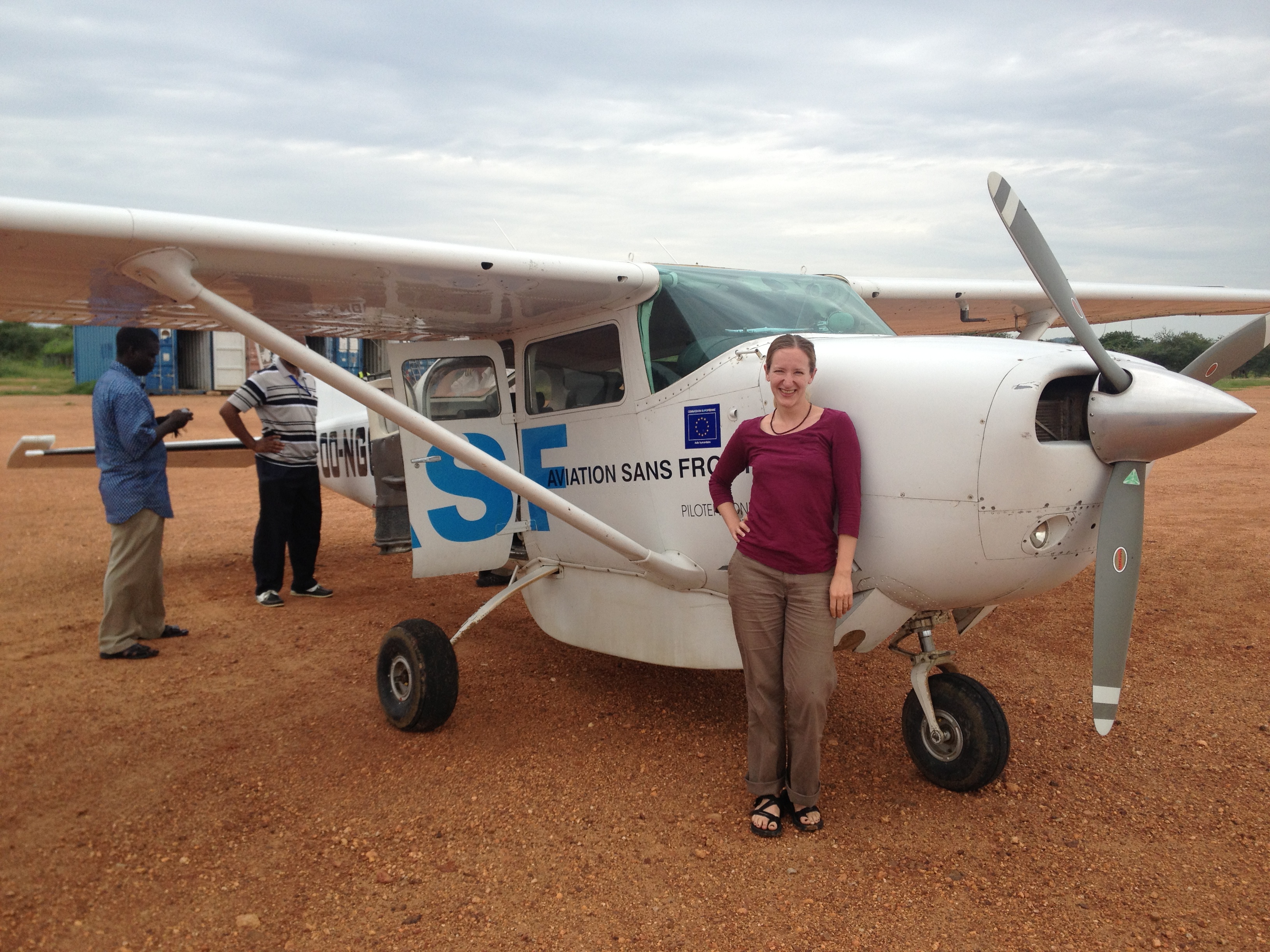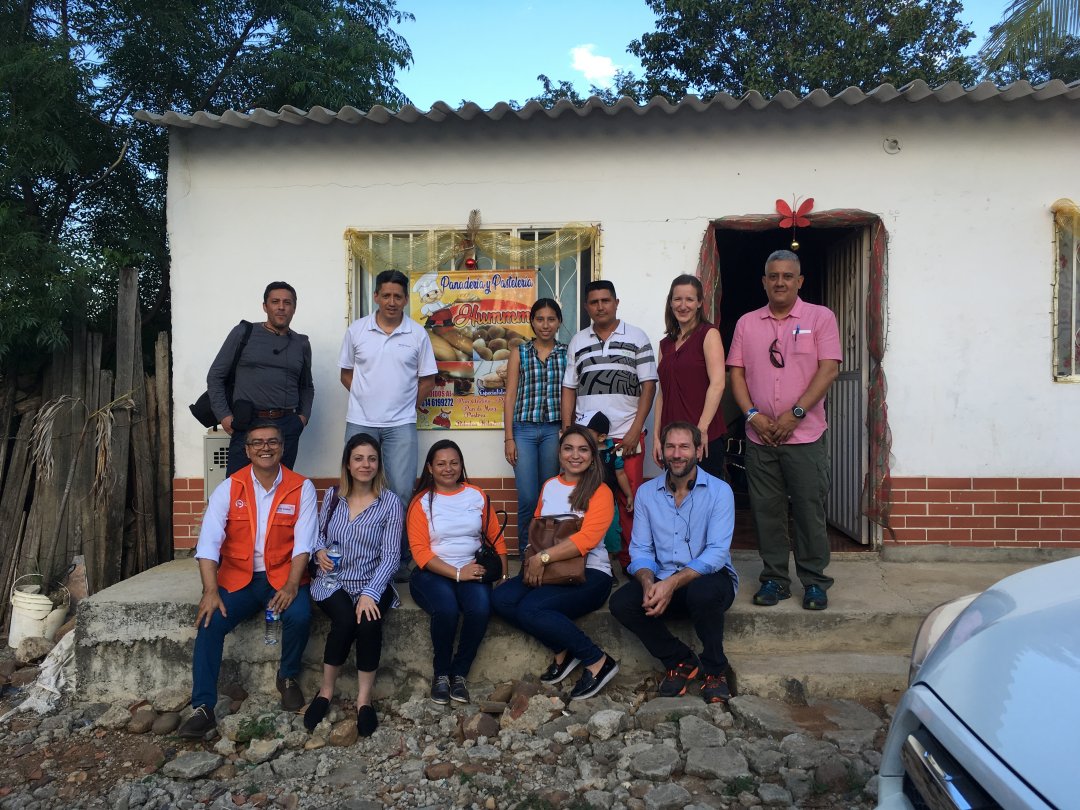Along with several of my colleagues, I’m lucky enough to belong to two professional communities: the University of Arizona’s Bureau for Applied Research and Anthropology and Humanitarian Assistance Technical Support project, and the U.S. Agency for International Development’s Bureau for Humanitarian Assistance, where I work as a senior technical advisor in economic recovery and markets.
However, Tucson and Washington, DC are separated by more than just miles and time zones (and major differences in humidity!). Over the years, I’ve gotten a lot of curiosity about just what this job entails. So, I’d like to share with you a snapshot of a “typical” week for me:
Monday, 9:35am: Humanitarian assistance is about helping people and communities prepare for, survive, and recover from natural disasters and complex crises. Our assistance is targeted at those most in need, wherever they may be. After displacement or a disaster, affected people often have a variety of needs.
When local markets are functioning and goods are available in sufficient quantity and quality, providing people with cash or vouchers can help them buy food, household goods, shelter, safe drinking water, and other necessities. Providing cash assistance can also be faster and more efficient than providing in-kind commodities. This morning, I’m meeting with other humanitarian donors around the world who have come together to try and support more coordinated, effective and efficient humanitarian cash programming. We’re hearing updates about how our implementing partners work together, and discussing some challenging issues, such as what to do in contexts with high inflation.
…1:10pm: Like so many others, my workplace has been grappling with the challenges of achieving improved diversity, equity, inclusion and accessibility. I’m one of the coordinators of an office-level, staff-led group that works with our office leadership to make recommendations and advocate for needed changes. Today, we’re talking through the details on implementing a number of those changes, especially around attracting and retaining diverse staff.
Tuesday, 4:00pm: In non-COVID times, one of the best parts of my job is traveling to visit the people and activities we support firsthand, and seeing the work our implementing partners do with disaster-affected populations. Lately, though, the furthest I’ve traveled for work is to my backyard for a change of scenery. So, I’m working with our Nicaragua team to help our local colleague know what to look for on an upcoming site visit. Communities in Nicaragua are affected by the country’s ongoing economic crisis, the socioeconomic impacts of the COVID-19 pandemic, and the lingering effects of Hurricanes Eta and Iota last year. Our NGO partner is combining necessary psychosocial support with livelihoods training and grants to help people recover and earn an income -- a promising practice we’ve been encouraging.
Wednesday, 9am: It’s not always easy to encourage inclusive market growth and to help small businesses establish themselves, be resilient to shocks and stresses, and grow. The online learning community Marketlinks, supported by USAID, is one place for practitioners to learn from each other. This month, Marketlink’s theme is private sector engagement in fragile and conflict-affected environments, and I’m hosting a webinar later this month on October 27. Today, we have a prep call with the panelists, who’ll be talking about their experiences in eastern DRC and in Haiti.
Thursday, 2pm: Remember Monday’s meetings on cash programming in humanitarian response? How do we know cash works, and how are we defining what “works,” anyway? After all, one of the benefits of cash is that families can prioritize their precise needs. To grapple with these, for the past several years I’ve been part of an initiative under the Grand Bargain to collect, clarify, and try to harmonize outcome indicators for multipurpose cash programming. After releasing a final draft for testing over two years ago, it’s time for us to review those experiences to date and make revisions -- so that’s what I’m working on now.
Friday, 10:30am: The humanitarian crisis in Syria continues to be among the most complex humanitarian crises of our time, with an estimated 13.4 million people in need inside Syria, and the crisis now in its 11th year. This morning I’m working with a colleague to review a proposal from an implementing partner for livelihoods and cash assistance; later I’m supporting our Syria Disaster Assistance Response Team (DART) as they develop guidance to all partners for the coming fiscal year.
...5:00pm: Time to pick up the kids and order Colombian takeout; I’m exhausted!



